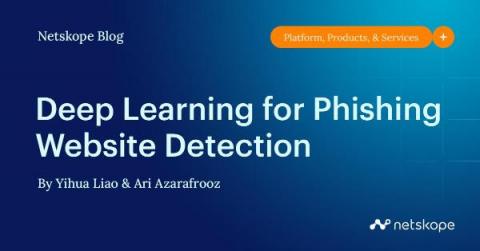Security | Threat Detection | Cyberattacks | DevSecOps | Compliance
Security
Deep Learning for Phishing Website Detection
Phishing is one of the most common online security threats. A phishing website tries to mimic a legitimate page in order to obtain sensitive data such as usernames, passwords, or financial and health-related information from potential victims. Machine learning (ML) algorithms have been used to detect phishing websites, as a complementary approach to signature matching and heuristics.
4 Reasons Scan Results May Differ Over Time: Advice from an Application Security Consultant
You didn’t change anything in your code, yet the scan is different this time. Here’s advice from an Application Security Consultant on why that may be. Have you ever wondered why you scan code one day and get one result, and then scan the same code a month later and get different results – even though you never changed anything?
AppSec Decoded: WhiteHat Dynamic
Learn more about Synopsys Software Integrity: https://www.synopsys.com/software-integrity.html
Subscribe: https://www.youtube.com/synopsys
Follow Synopsys on Twitter: https://twitter.com/sw_integrity
'Tis the season of eCrime
Where We Are And Where Are We Going In Cyber Security
AlgoSec has Nationwide covered with an app centric solution
How to take DevSecOps to the next level: A conversation with SecOps and DevOps leaders from NielsenIQ, ARA Security and Techstrong Group
Building a Cybersecurity Training Program: What you need to know
Every security framework recommends that an organization has a cybersecurity training program for all employees, but few give much guidance about what the program should contain. What do you train them on? What actually works? Other than checking a box on the compliance forms, are these programs useful?
Healthcare sector warned of Venus ransomware attacks
Healthcare organisations in the United States are being warned to be on their guard once again, this time against a family of ransomware known as Venus. An advisory from the United States Department of Health and Human Services (HHS) has warned that the cybercriminals behind the Venus ransomware have targeted at least one healthcare entity in the United States, and are known to be targeting publicly-exposed Remote Desktop Servers.










